Top Essential Tools for Remote Workers in 2025 to Stay Productive Anywhere
Working from home has become the new norm, and by 2025, commuting to an office will feel outdated. However, remote work comes with its own set of challenges. Simply having a laptop and a quiet space isn’t enough; success today relies on the right tools. These tools go beyond just apps—they are the backbone of productivity, communication, and collaboration.
As the world embraces remote-first work, essential tools for remote workers in 2025 have become crucial for managing deadlines, team calls, and projects. With the right toolkit, remote work becomes not only manageable but fulfilling, enabling smooth workflows wherever you are.
Keeping It Together: Communication and Collaboration
In 2025, good communication is about more than video calls. Clarity and connection must travel through chat apps, shared docs, and virtual rooms with the same ease as face-to-face conversation. Tools like Slack and Microsoft Teams still lead the pack, but now they’re leaner and smarter. AI summarizers cut through long threads. Scheduled status updates eliminate noise. Threads are context-rich and focused.
Zoom remains reliable for real-time meetings, but newcomers like Around and Claap offer fresh energy. Around removes the clutter—only faces float onscreen. Claap lets teams record short walkthroughs so everyone stays in the loop without crowding calendars. Async video has grown fast, and with time zones stretching across continents, it’s one of the most underrated breakthroughs.
Document collaboration is another backbone. Google Workspace and Notion are the usual suspects, but in 2025, newcomers like Almanac provide version- controlled collaboration built specifically for remote-first teams. These aren’t just shared files—they’re living docs, debate boards, and decision logs all rolled into one.
Without these essential tools for remote workers in 2025, communication will become messy, teams will drift, and details will slip. But with the right stack, the flow of work will not just survive—it will sharpen.
Organization in the Cloud: Project Management That Actually Works
Managing remote work means juggling a dozen things without dropping the ball—or losing your sanity. That’s where project management tools step up. Trello and Asana still get the job done, but in 2025, ClickUp, Linear, and Motion are gaining ground. ClickUp folds everything—docs, tasks, goals—into a single window. Linear simplifies bug tracking and development sprints. Motion combines calendars and task management with auto-scheduling driven by AI.

The standout trend? Less switching, more syncing. The best productivity apps for digital nomads now focus on reducing friction. You shouldn’t have to flip between five tabs just to plan your day. Remote work requires systems that pull priorities from meetings, emails, and notes and then serve up one clear path forward. That’s what these tools are starting to do.
Time-blocking has become the gold standard. The notion has added built-in planner views. Sunsama pulls in tasks from multiple platforms and auto- schedules your day around them. It’s like having a remote assistant that never sleeps.
This new wave of task managers does more than check boxes. They nudge you toward balance, focus, and momentum. And in a world without office walls, that structure is everything.
Privacy, Access, and Focus: The Hidden Layers of Remote Success
Working remotely means taking your office with you—but that also means guarding it. Security has never mattered more. They secure data transfers, encrypt communication, and allow you to access internal systems safely from anywhere.
Then there’s file access. Dropbox, Google Drive, and OneDrive are still top players, but newer tools like Internxt focus on privacy-first file storage, offering end-to-end encryption for sensitive data. Access control has become tighter and smarter. If you’re working with clients or companies with strict compliance needs, this level of security is now the baseline.
Now, let’s talk about distraction. It’s easy to spend hours scrolling or jumping between tabs. Tools like Freedom and Cold Turkey help remote workers block distractions. But 2025 is also the year of the minimalist desktop. Tools like Raycast and Arc browser redefine the way we interact with apps—fewer clicks, faster access, cleaner focus.
In this layer of work—quiet, behind the scenes—are the tools that protect your attention and your files. They may not be the loudest part of the toolkit, but they are the ones that keep you grounded, secure, and locked in.
Staying Human: Wellness, Boundaries, and Better Habits
Remote work isn’t just a logistics challenge—it’s an emotional one, too. Without built-in breaks or co-worker banter, burnout can creep in quietly. That’s why modern remote workers aren’t just arming themselves with productivity apps for digital nomads—they’re also adding tools that support health and boundaries.

Apps like Rise and SleepCycle optimize your daily rhythm. Time-tracking platforms like RescueTime and Toggl aren’t just for measuring hours—they’re for spotting burnout patterns before they hit hard. Some tools go further. Reclaim.ai lets you auto-schedule lunch breaks, meditation, or workouts right into your calendar—so self-care becomes part of your plan, not an afterthought.
Meditation apps like Headspace and Balance are now integrated with team wellness dashboards. Teams that work apart still check in on each other through wellness nudges and virtual water cooler moments. In 2025, successful remote workers will understand that mental clarity is just as vital as bandwidth.
Even simple rituals—journaling in Evernote, reviewing a daily reflection with Stoic, or setting a “shutdown routine” using Todoist—can transform remote work from draining to sustainable. It’s about ending the day feeling done, not just tired.
Conclusion
In 2025, the right tools are essential for remote workers to stay productive, organized, and connected. From seamless communication platforms to secure file storage and time-saving productivity apps, these tools ensure that remote work is efficient and sustainable. Embracing the best tools not only enhances work performance but also promotes work-life balance. By equipping yourself with the right resources, remote work can be a rewarding and effective way to thrive in today’s fast-paced digital world.
Related Articles

The 6 Best Construction Management Software Options to Streamline Your Projects
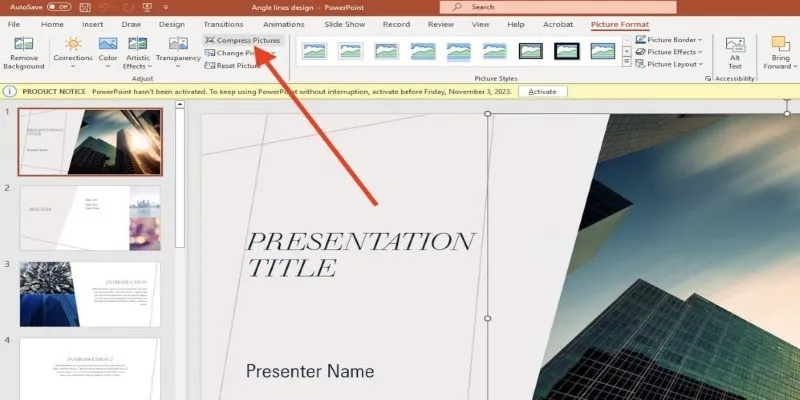
PowerPoint Image Compression: Reduce File Size Without Sacrificing Clarity

Top 4 Vertical Video Editors to Edit Vertical Videos Quickly
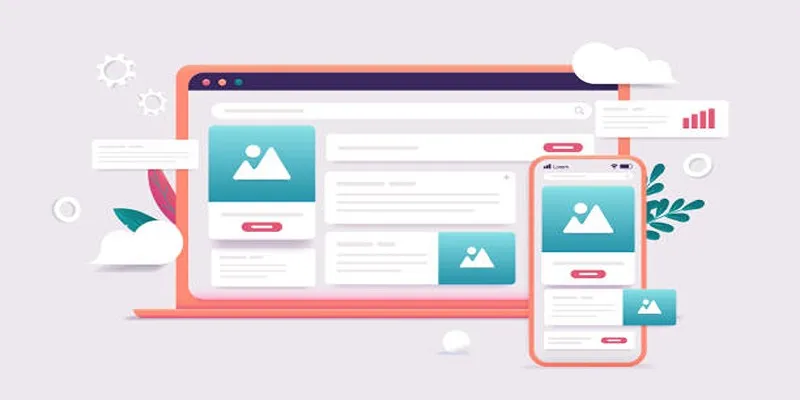
Discover the 9 Best Tools for Modern Web Design in 2025

The 10 Best Email Apps for iPhone: Streamline Your Inbox Today

Best Calendar Apps for Windows to Boost Productivity: Stay Organized in 2025

The 8 Best Content Marketing Tools in 2025 to Elevate Your Strategy

File Compression Software Guide for Windows & Mac You Can Rely On

6 Ways Businesses Are Using AI in eCommerce to Stay Competitive
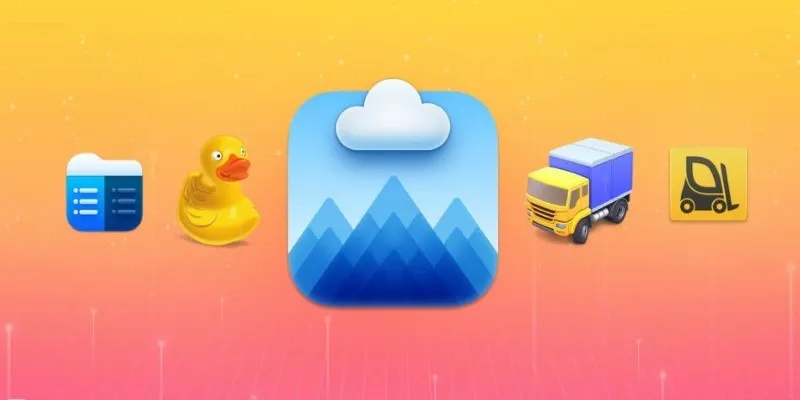
Top FTP Software for Mac Users: Free and Reliable Options

Pixel vs. Dot Explained: Mastering Photo Resolution for Printing

Top Tools for Effortless Batch Image Resizing in 2025
Popular Articles

Top 4 Vertical Video Editors to Edit Vertical Videos Quickly
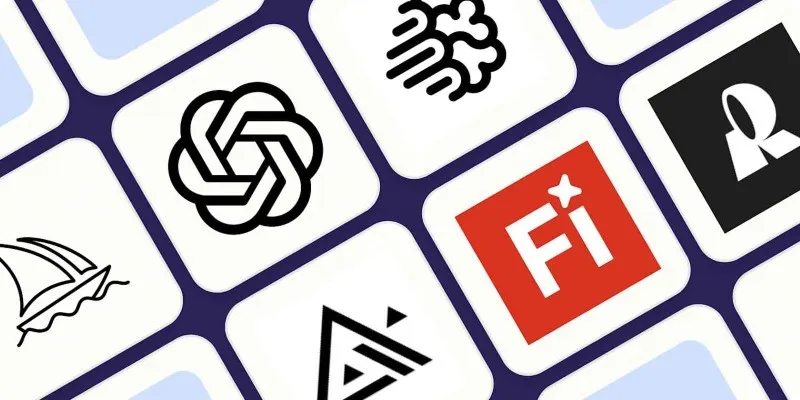
The 8 Best AI Image Generators in 2025 to Bring Your Ideas to Life
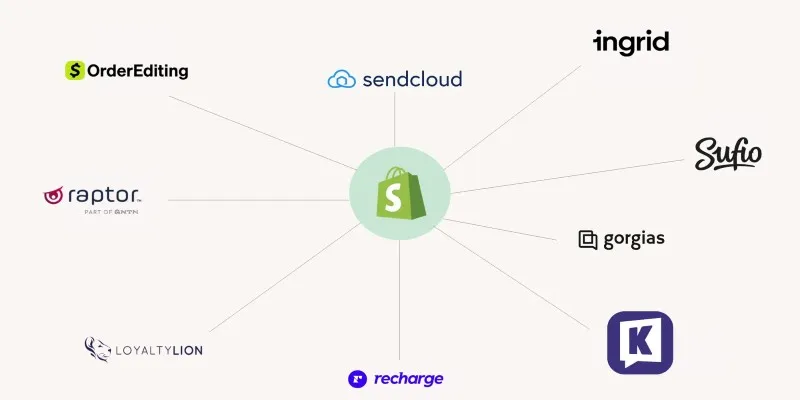
The 13 Best Shopify Apps in 2025 to Boost Your E-commerce Game
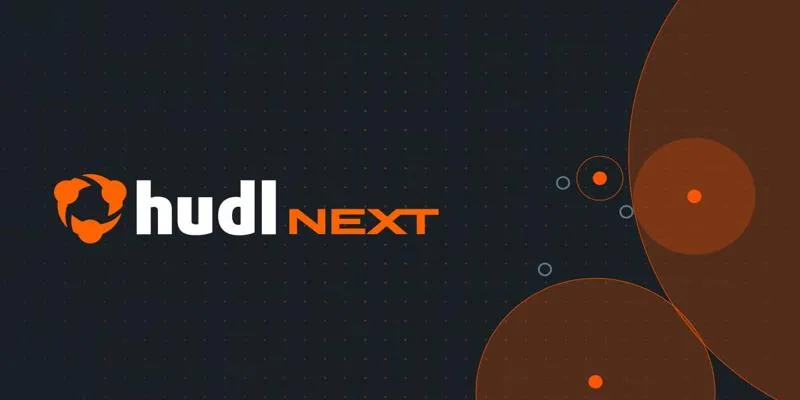
Hudl's Automation Strategy for Enhancing User Experience

Best Clipboard Manager Apps for Android Devices in 2025

Top Marketing Newsletters You Need to Subscribe to Today

Top 8 Screen Recorder Apps for Effortless Video Recording

Step-by-Step Guide: 4 Ways to Put Two Videos Side by Side

Step-by-Step Guide on How to Join and Merge Videos with the Best Video Joiners

Explore What's New in KeePassXC 2.7.10: Import Support and Font Options
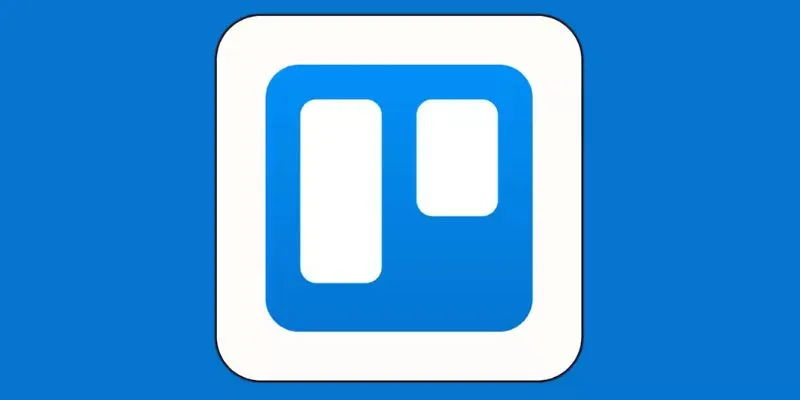
4 Trello Calendar Views to Help Visualize Your Projects Effectively
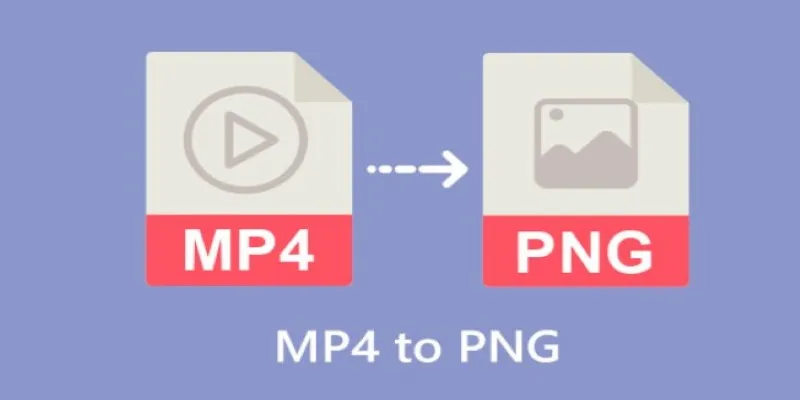
 mww2
mww2